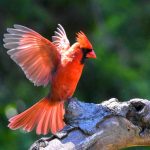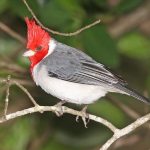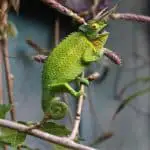The story of the Pacific Ocean’s favorite island chain begins with the eruption of a hotspot in the middle Pacific. Millions of years ago, a magma plume made it through a thin spot in the earth’s crust. The magma accumulated enough to form islands that are now the Hawaiian island chain.
Over time, thousands of unique plant and animal species drifted, settled, and lived on the islands. Humans didn’t discover the islands until the 13th century, so up until that point, organisms on the islands evolved without significant threats. Once humans reached the islands, they hunted birds, cleared areas for agriculture, and introduced species that would become invasive.
An animal is considered to be endangered if the numbers of its population decrease enough that it may not be able to support a similarly-sized next generation. Hawaii is an epicenter of bird extinction, and in this article, you’ll learn why.
Keep reading to understand the logistics behind why Hawaii’s birds are vulnerable, the mechanics of extinction, and what biologists are doing to combat the decreasing biodiversity of the islands.
Key Takeaways:
- Animals in island ecosystems like the Hawaii islands are more vulnerable to extinction because they have no defenses against introduced threats.
- Many birds have defenses against avian malaria, but Hawaiian birds don’t because they lost resistance to it over thousands of years.
- Up to half of Hawaii’s original bird population is extinct, but scientists are hopeful they can prevent the remaining half from dying off.
Why does Hawaii have so many endangered birds?

Endangered birds are very common in the Hawaiian island chain because the area is geographically isolated and vulnerable to invasive species. These islands weren’t large enough to support large predator populations, so Hawaiian birds had no defenses against introduced threats.
Another reason behind their extinction is human incursion into the environment. Before Polynesian settlers arrived around 1240 AD, there were an estimated 140 species of birds. That number decreased to around 75 birds at the time of Captain Cook’s voyage to the Hawaiian islands in the late 1700s.
When European settlers arrived in the 18th century, they brought animals with them that ate vegetation many birds relied upon. Cows, goats, and chickens ate vegetation and insects that native birds relied upon.
Because the islands are small and in the middle of the Pacific Ocean, the birds couldn’t migrate to anywhere else. A good number of them died out because they didn’t have the habitat they needed to survive. Another sad reason behind Hawaii’s bird decline is the spread of avian malaria.
Avian malaria threatena Hawaii’s birds
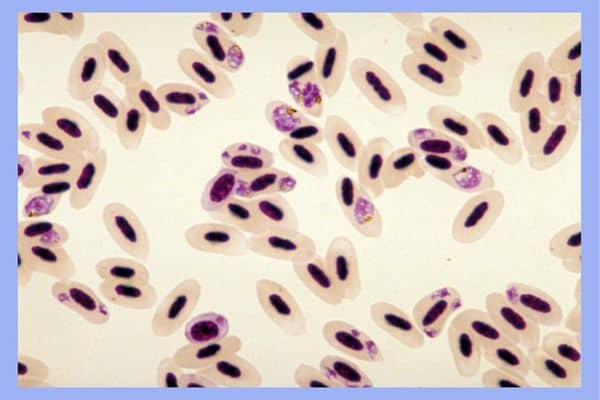
The disease is similar to the malaria humans can contract. Birds are infected with a plasmodium called Plasmodium relictum when a mosquito bites them. The disease makes the bird weaker by causing anemia, a condition where the body doesn’t have enough red blood cells.
Red blood cells are extremely important – they convey oxygen throughout the animal’s body. Without enough oxygen, the bird doesn’t have enough energy to fly or forage for food.
Avian malaria is a threat in other parts of the world, but it’s especially problematic in Hawaii because the native birds don’t have the natural resistance other birds do. Why is this so?
Two words: Exotic mosquitos. Before the 18th century, there were mosquitoes on Hawaii, but not the kind that carry P. relictum. As globalization increased, the non-native mosquito that carries the parasite colonized stagnant waters on Hawaii.
Hawaii is considered the extinction capital of the world
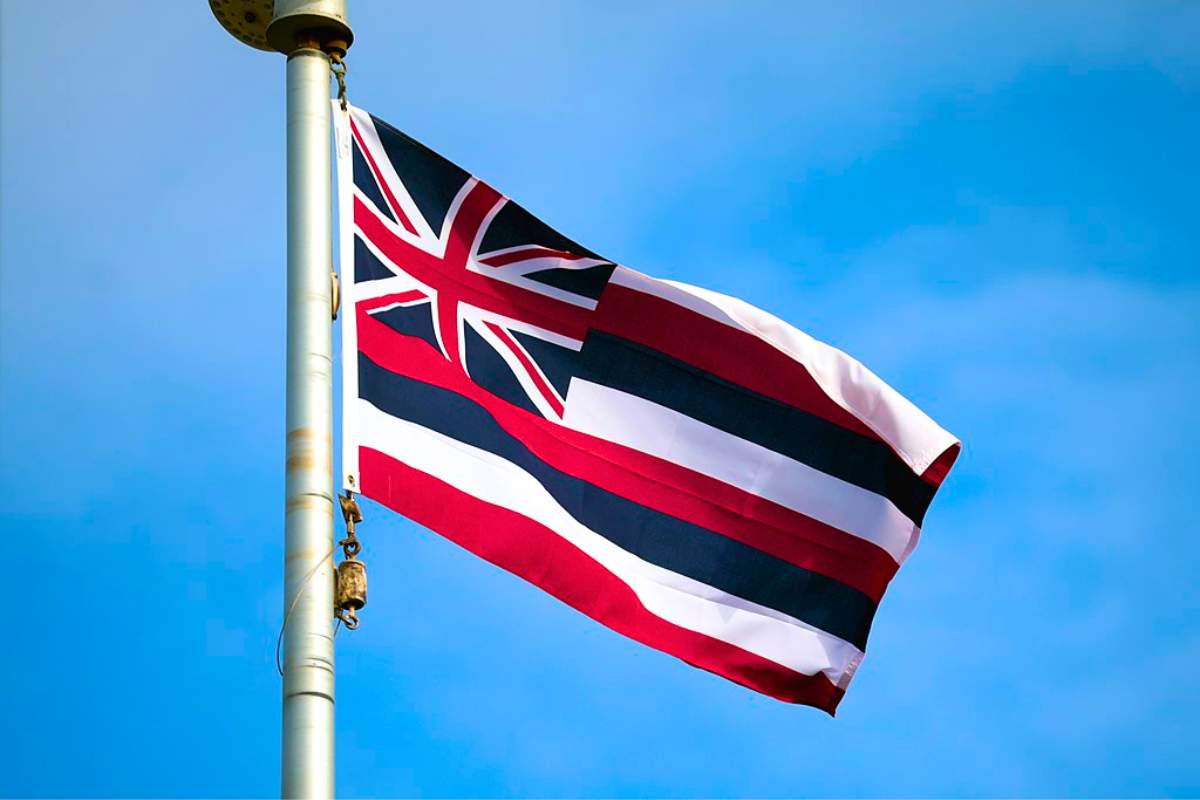
Hawaii is considered the extinction capital of the world because it has so many well-documented instances of animal extinction. You may be surprised to learn that extinction is an extremely common event in the timeline of evolutionary biology. There are more species today that have gone extinct than not.
That being said, it is tragic when an animal goes extinct due to the preventable actions of humans. Today, things like feral cats and housing developments are some of the two major threats to Hawaii’s birds.
Hawaii has many invasive species
Hawaii is home to 25% of the endangered species classified on the United States’ list of endangered species. Most of those species are birds, which have experienced a 50% decline. There are now just 70 species of birds living in the state.
While other species haven’t been studied as thoroughly, scientists believe that a similar decline may have occurred with land snails, which offer helpful scavenging and organic matter degrading functions.
Invasive species aren’t always ‘invasive.’ It depends on what part of the world they are in. Invasiveness is usually measured by how many predators the animal has in its home environment compared to the introduced area.
Mosquito control may help the native birds of Hawaii

Mosquito control is a method of saving the native birds of Hawaii. Scientists know that in order to stop the birds from dying of anemia, they have to stop the mosquitoes. Spraying bug spray or insecticide is out of the question because it can hurt other insects and the bird population.
Scientists developed an alternative method to reduce the population of mosquitos on the Hawaiian islands. They have bred special mosquitos that aren’t able to reproduce. Here’s how it works:
- A bacteria called “Wolbachia” stops a mosquito from being able to bear viable eggs.
- Scientists infect a group of male mosquitoes with the bacteria, then release them into the wild.
- After mating, females lay eggs that won’t ever hatch.
- The population of mosquitos decreases over time, since there are fewer fertile males.
Conclusion
In conclusion, Hawaii’s birds are at risk of extinction from a variety of forces. They face predation from cats and dogs, accidental deaths from window collisions, the destruction of their habitat, and climatic changes within the Hawaii ecosystem.
Luckily, there are major efforts underway to repair some of the damage caused in the last 500 years by introduced species and human development. Several of these bird recovery programs have made significant progress in preventing further declines.

